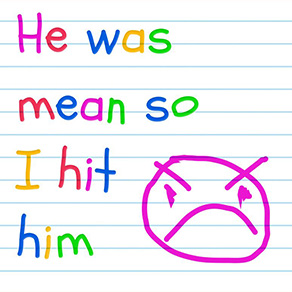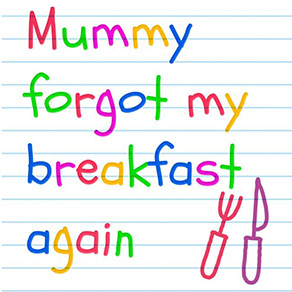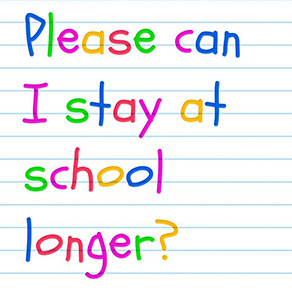Teachers: How to Spot The Signs of Child Abuse and Neglect
Teachers: how to spot the signs of child abuse and neglect
For any professional working with children it’s essential to be able to identify possible cases of abuse and neglect at home, but it’s especially true for teachers. Teachers are often one of the most consistently present figures in a child’s life after their parents, and likewise teachers often see more of their kids than their parents do.
This means teachers are often in the best position to spot when something isn’t right, whether that’s in a child’s behaviour, a physical injury or problem, or even directly hearing of difficulties at home shared by the pupil.
Children can be exposed to a myriad of problems and abuse in their home lives, and it’s essential to be able to recognise possible issues by being familiar with the signs.
What to look out for
Emotional abuse
While every child is different and could have any of the following traits and still no be a victim of abuse, they can sometimes suggest emotional abuse going on at home.
- Severe speech disorders such as stuttering or delays
- Slow emotional, mental or physical development
- Aggressive or very anti-social behaviour
- Violent writing or drawing
- Low self-esteem
- Very passive behaviour
- Fear of teachers ringing home

Neglect
Neglect at home can often be spotted through a combination of physical and behavioural signs, from clinginess to an obvious lack of hygiene. However, it’s important to note that many of these signs can often be due to families struggling with low income.
- Untreated medical conditions such as coughs or skin infections
- Poor hygiene such as body odour or a dishevelled appearance
- Inappropriate clothing, such as having no winter coat when it’s cold
- Hunger in school, even begging or stealing food
- Fatigue, falling asleep in classes
- Clinginess and attention-seeking
- Arriving early to school and leaving late

Physical abuse
It’s normal for most kids to occasionally get hurt in the course of playing and running around, but signs of physical abuse are usually distinct from these everyday injuries.
- Any injury with no valid explanation
- Serious injuries that haven’t been seen by a GP or hospital
- Injuries on parts of the body not normally at risk in general games and play
- Jumpiness, edginess, or being generally fearful
- Very afraid of getting into trouble
- Overly eager to please

Sexual abuse
This type of abuse often results in a range of physical and mental problems that can become very severe.
- The child is aware of age-inappropriate sexual activities or behaviour
- Sexual activities manifest in words, play, or drawings
- Repeated urine infections or stomach problems
- Disturbed sleeping patterns from nightmares and fears with sexual connotations
- Eating disorders such as anorexia and bulimia
- Depression and self-harm
Many of these signs can apply across multiple issues, so all can be the result of many different forms of abuse or neglect at home. It’s important to treat every child as an individual and take their personalities and natural tendencies into account when assessing for the possibility of abuse, but never overlook the possibility that something might be wrong.
For more information and training, take a look at our range of child safeguarding courses











